What are Networked Lighting Controls?
Networked lighting controls refer to systems where individual luminaires are connected in a network, allowing for centralized management and control of lighting within a building or space. These systems often incorporate sensors, timers, and programmable features to optimize energy usage, enhance user comfort, and enable dynamic lighting scenarios. The Internet of Things (IoT), on the other hand, refers to the interconnected network of physical devices, vehicles, appliances, and other items embedded with sensors, software, and connectivity, enabling them to exchange data and communicate with each other. In the context of lighting, IoT technologies enable the integration of lighting systems with broader building automation and management systems, facilitating remote monitoring, control, and automation of lighting functions. Together, networked lighting controls and IoT technologies empower users to create intelligent, responsive lighting environments that adapt to changing needs, enhance energy efficiency, and improve overall user experience.
Did you know we have a Lighting Controls Education Center? It offers a deep-dive into the various forms of lighting control technology, lighting control strategies, the different categories, and so much more.
Are Networked Lighting Controls Susceptible to Cyber Attacks?
Networked lighting control systems, equipped with features such as connectivity, sensors, and bidirectional data communication, offer unparalleled flexibility and efficiency. Yet, their very connectivity opens them up to vulnerabilities that hackers can exploit. A notable example occurred in 2016 when hackers infiltrated an office building’s lighting system using a drone, manipulating the lights to flash distress signals.
One common form of cyberattack on networked lighting controls is vectoring. In a vectoring attack, an intruder gains access to one unsecured networked system to infiltrate others connected via the network. This is a significant concern as compromising one element of the networked lighting system could provide a gateway for attackers to access other critical building systems.
Distributed Denial of Service (DDoS) attacks pose another risk. In a DDoS attack, malicious actors attempt to make an online service, in this case, the networked lighting controls, unavailable by overwhelming it with traffic from multiple sources. While these attacks have been more commonly associated with residential IoT products, such incidents highlight the potential vulnerabilities in connected systems.
Sniffing attacks are also a threat to networked lighting controls. In systems that utilize protocols without encryption, attackers can intercept and monitor data transmissions between devices. This interception can lead to unauthorized access and malicious manipulation of the transmitted information, impacting the functionality of the lighting system.
Privacy concerns add another layer of vulnerability. With the integration of occupancy sensors and cameras in advanced lighting controls, there’s a risk of invasion of privacy. For instance, sensors utilizing low-resolution cameras may unintentionally capture personal information. To address this, some systems use low-resolution technology that can differentiate between a person and an object but may still raise privacy concerns.
However, the consequences of cybersecurity breaches extend beyond mere mischief. Hackers may exploit a single vulnerable device as an entry point to launch more significant attacks, as demonstrated by a case where hackers breached a casino’s network through an internet-connected thermostat in an aquarium. This incident underscores the critical need for robust cybersecurity measures to safeguard not only lighting systems but also the broader network infrastructure of buildings.
Cyber Security Protections
Recognizing the gravity of the issue, policymakers have begun to take action. Legislation such as California’s SB-327 mandates specific security features for connected devices, including those used in lighting systems. Additionally, industry standards and guidelines, such as the ANSI/UL 2900-1 standard and the DesignLights Consortium’s Networked Lighting Control System Technical Requirements, provide frameworks for evaluating and ensuring the cybersecurity of lighting products.
One of the key considerations in addressing cybersecurity risks is the type of connected lighting system being deployed. IP-based systems, which assign internet protocol addresses to devices, offer enhanced connectivity and functionality but also present greater cybersecurity challenges. Wired systems, while more secure due to physical isolation, still require robust encryption and authentication mechanisms to prevent unauthorized access.
Encryption, authentication, and segmentation are among the primary strategies for enhancing cybersecurity in lighting systems. Advanced Encryption Standard (AES) 128-bit encryption and Virtual Local Area Networks (VLANs) can help protect data transmission and isolate critical components from potential threats. Authentication methods, such as public-private key pairs, ensure that only trusted devices can access the system.
Moreover, cybersecurity considerations extend beyond the initial deployment of lighting systems to ongoing maintenance and management. Regular updates, secure commissioning processes, and vigilance against emerging threats are essential aspects of a comprehensive cybersecurity strategy.
As electrical contractors increasingly find themselves tasked with installing and maintaining connected lighting systems, staying abreast of cybersecurity best practices becomes imperative. By prioritizing security from design to implementation and beyond, stakeholders can harness the transformative potential of connected lighting while minimizing the associated risks.
Protect Your Networked Lighting Controls with Action Services Group
While the IoT offers exciting opportunities for innovation and efficiency in lighting systems, it also introduces new challenges and risks in terms of cybersecurity. By adopting a holistic and proactive approach to cybersecurity, stakeholders can harness the benefits of connected lighting while safeguarding against potential threats and vulnerabilities. Ultimately, ensuring the security and integrity of lighting systems is essential for creating safe, efficient, and resilient built environments in the digital age.
If you are considering lighting controls in your facility, contact us to help find the right lighting solutions that suit your buildings’ needs. Call 610-558-9773, emailing [email protected], or schedule a call that fits your needs by clicking the button below.



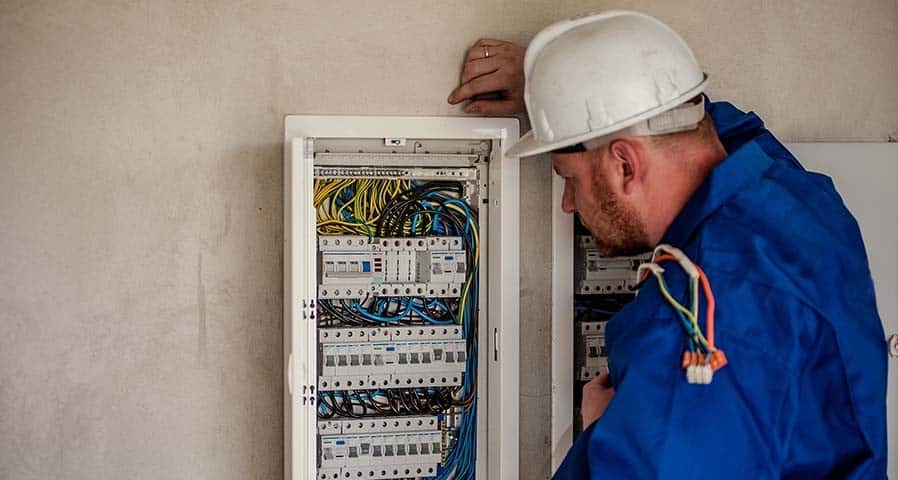

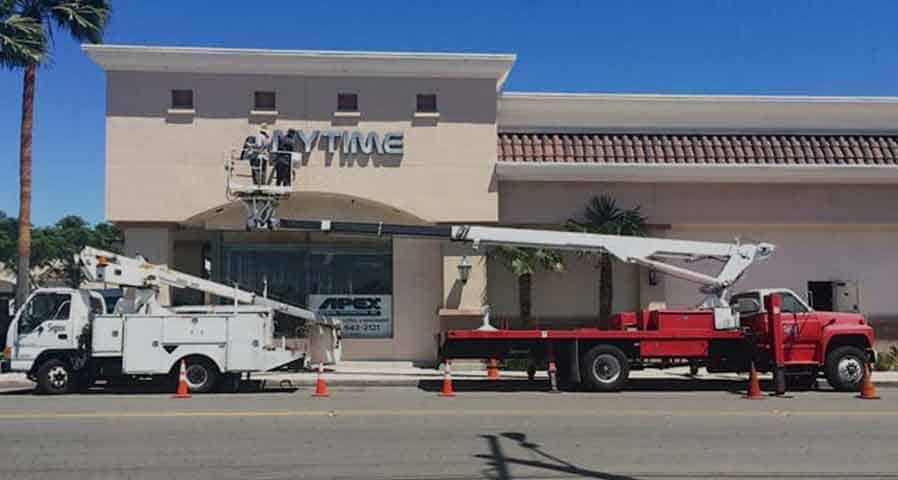

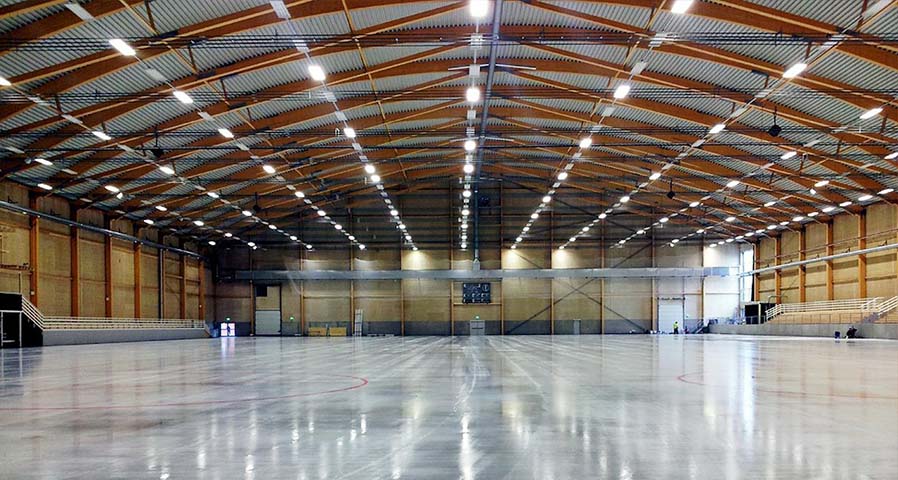








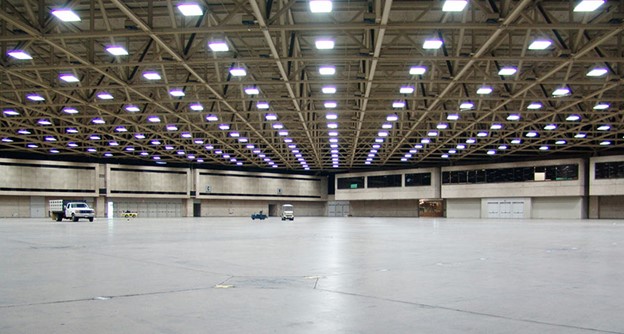



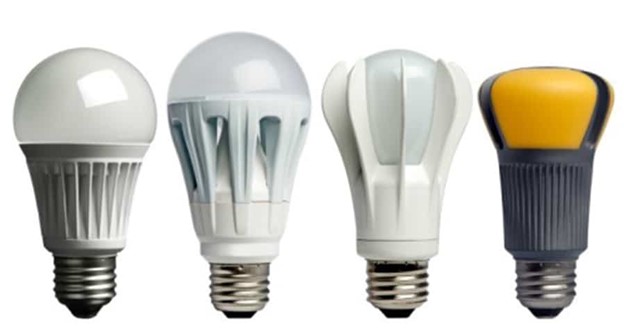
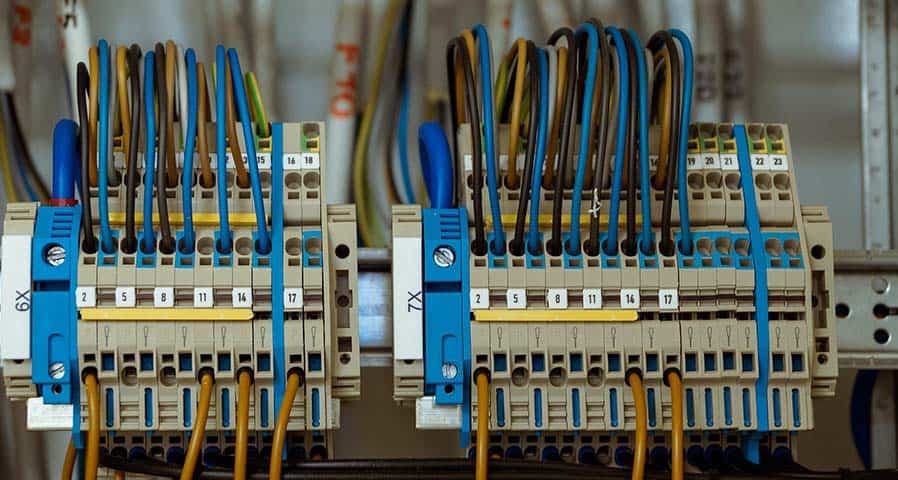





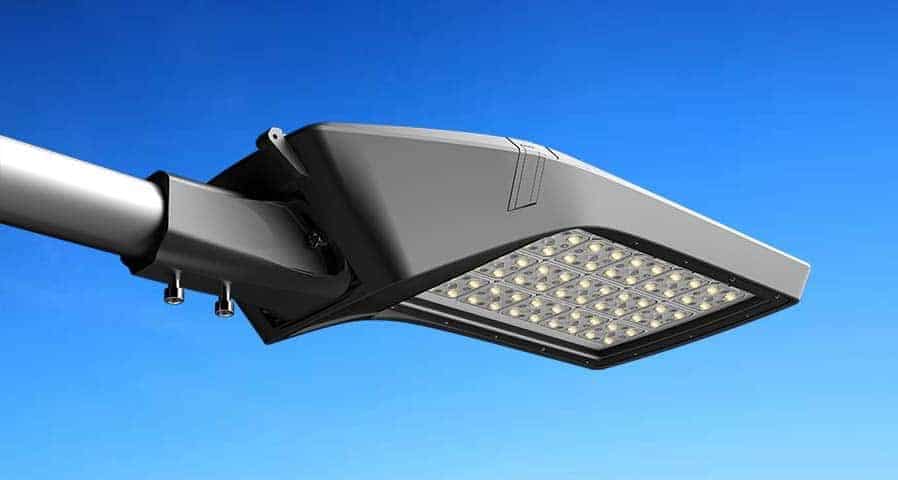
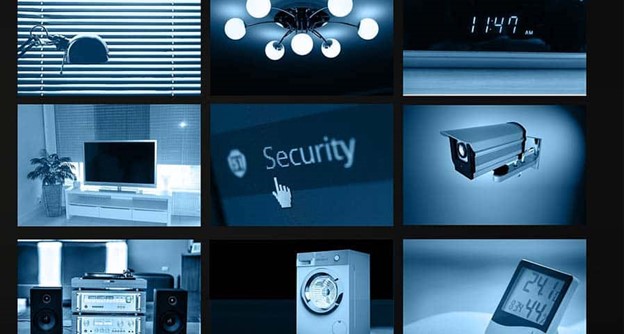

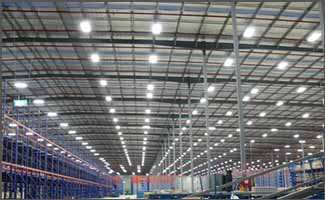








0 Comments